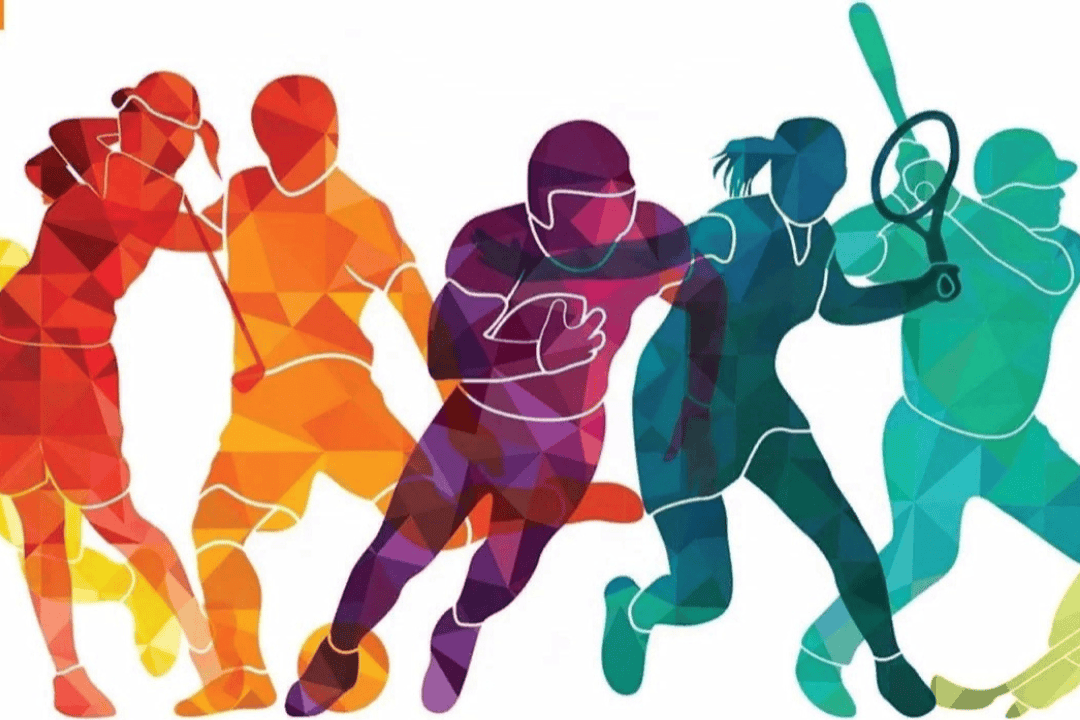The National Sports Policy 2025 marks a significant shift in India’s sports strategy. Recently approved by the Union Cabinet, this policy aims to elevate India into a global sporting powerhouse. Replacing the outdated National Sports Policy 2001, the NSP 2025 brings a modern and inclusive framework aligned with the nation’s ambition to excel at international events, including the anticipated 2036 Olympic Games.
This forward-looking policy is the result of extensive consultations with athletes, sports federations, educational institutions, and private stakeholders. It places a strong emphasis not just on sporting excellence but also on how sports can drive economic and social change in India.
Key Pillars of the National Sports Policy 2025
1. Excellence on the Global Stage
The National Sports Policy 2025 lays a robust foundation for sporting excellence from grassroots to elite levels. It emphasizes early talent identification and nurturing through specialized academies and competitive platforms. With a focus on sports science, technology, and world-class coaching, the policy aims to prepare athletes who can compete and win at the global level.
Efforts will be made to upgrade infrastructure, establish high-performance centers, and promote international collaborations. Emphasis is also placed on building a professional ecosystem that includes trained coaches, sports psychologists, nutritionists, and physiotherapists.
2. Sports for Economic Development
Recognizing the economic potential of sports, the NSP 2025 encourages the growth of the sports industry through sports tourism, event hosting, and sports manufacturing. It supports the development of a robust supply chain for sports equipment and aims to make India a hub for high-quality sports goods.
Public-Private Partnerships (PPPs) and Corporate Social Responsibility (CSR) investments are key tools in expanding this sector. The policy promotes entrepreneurship in sports-related services, infrastructure, and technology development.
3. Sports for Social Development
Beyond competition, the National Sports Policy 2025 envisions sports as a catalyst for social inclusion and empowerment. It aims to increase participation from marginalized communities, women, and persons with disabilities.
Traditional and indigenous sports will be revitalized, helping preserve India’s cultural heritage while creating new opportunities for rural athletes. Sports will be promoted as a viable career path, supported by education, skill development, and job assurance programs.
4. Sports as a People’s Movement
To turn sports into a mass movement, the policy introduces initiatives aimed at widespread public participation. This includes nationwide fitness campaigns, school- and workplace-level fitness indices, and community sports hubs. The goal is to embed a culture of physical activity and fitness in everyday life.
This participatory approach will ensure that sports are not limited to elite athletes but are accessible to all age groups and communities.
5. Integration with Education
The National Sports Policy 2025 aligns closely with the National Education Policy (NEP) 2020. It mandates the integration of sports into school curricula, not just as physical activity but as a subject with structured learning outcomes. Teachers and physical education instructors will receive specialized training, and sports will be recognized as an academic discipline with proper evaluation methods.
Students will have access to local and regional sports facilities, ensuring that school becomes the first platform for discovering talent.
Strategic Framework and Implementation
A major strength of the NSP 2025 lies in its detailed implementation strategy. It proposes:
- A robust governance structure with clear regulatory frameworks.
- Use of technology such as artificial intelligence and data analytics to track athlete progress and measure policy impact.
- Innovative financing models to attract private investment.
- A national monitoring framework with benchmarks and Key Performance Indicators (KPIs) to evaluate outcomes at state and national levels.
States will be encouraged to align their sports initiatives with national goals, ensuring synergy and efficiency across all levels of government.
Conclusion
The National Sports Policy 2025 is a transformative roadmap that seeks to make sports an integral part of Indian society and a driver of global prestige. With its multi-dimensional approach covering elite performance, social development, economic opportunities, and educational integration, the NSP 2025 stands as a landmark reform.
By investing in infrastructure, nurturing talent, and promoting inclusivity, India is not just preparing for the 2036 Olympics—it is laying the foundation for a stronger, healthier, and more active nation.



